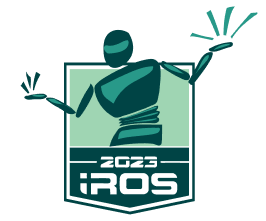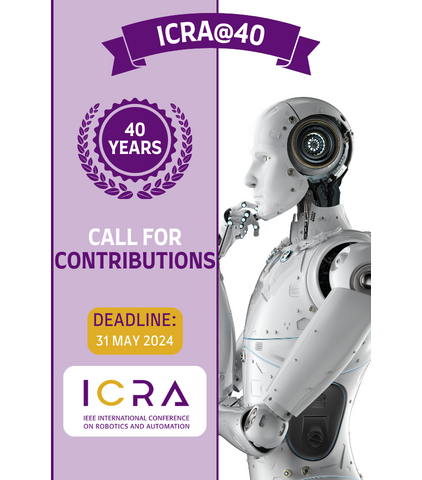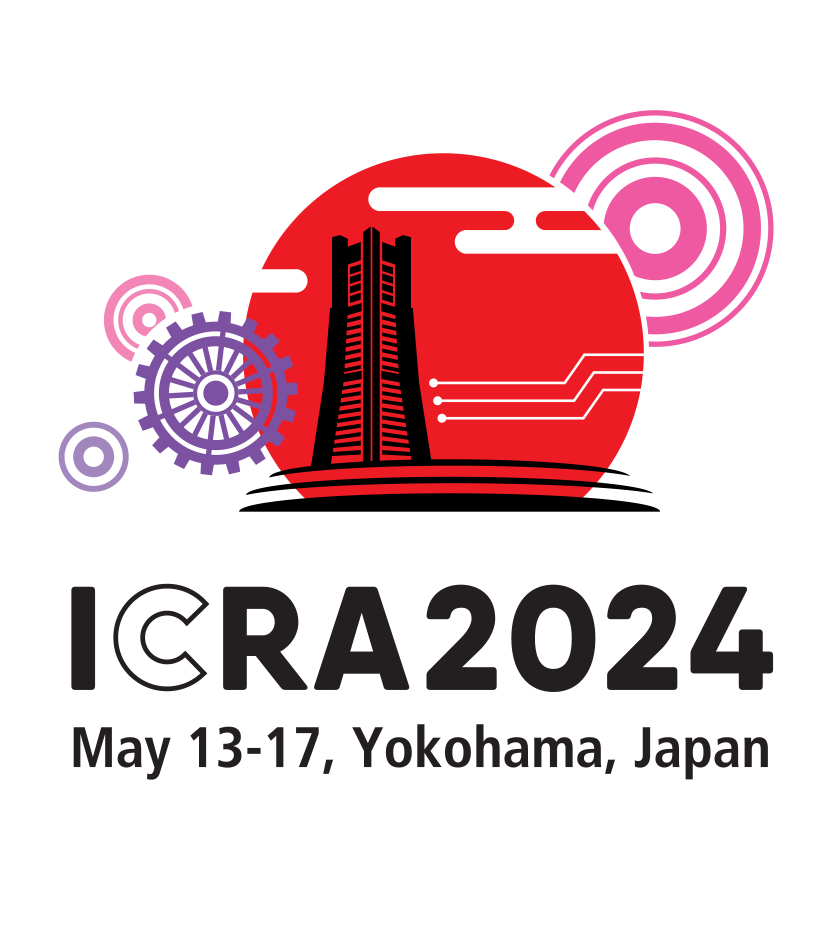Special Issue on Home Automation
A special issue of the IEEE Transactions on Automation Science and Engineering.
Introduction
Smart homes, as a part of home automation, are expected to be intelligent and human-aware. The recent Google acquisition of Nest Labs (https://nest.com/), which designs and manufactures sensor-driven, WiFi-enabled, self-learning, programmable thermostats and smoke detectors, is evidence for the potential huge market of smart home technologies in the next decade. At the same time, human-centered computing (HCC) research aims to understand the increasingly coupled relationships between people and computing. HCC research has been accelerating in recent years due to the emergence of mobile devices such as smartphones/mobile tablets, wearable sensors and computers, as well as distributed environmental sensors. Understanding human beings and their contexts can help develop truly smart homes in many ways. For example, using small wearable sensors integrated into clothing or attached to human subjects and intelligent signal processing algorithms, it is possible to obtain the wearer’s status such as activity, gesture, location, emotion and physiological conditions. Such human-awareness can facilitate natural human robot interaction, behavioral monitoring, health monitoring, energy management, wearable robots for rehabilitation, etc., which can be part of a smart home system.The main objective of this special issue is to collect key research papers on the state-of-the-art of human-centered computing and its potential applications in smart homes.
Scope, Description, and More Information
Topics explored in this special issue include, but are not limited to:
- Human behavioral understanding (including anomaly detection) through wearable or environmental sensors
- Indoor human localization through wearable or environmental sensors
- Innovative wearable sensing and computing systems or prototypes
- Human health monitoring through wearable sensing and computing
- Affective computing for human-robot interaction and human-appliance interaction
- Gesture recognition for human-robot interaction and human-appliance interaction
- Brain computer interfacing for human-robot interaction
- Wearable robots for rehabilitation or walking assistance
- Innovative use of smartphones or mobile tablets for smart homes
- Cloud-based data processing for human-awareness in home automation
- Building energy management and home comfort management (thermal, visual and air-quality comfort, etc.)
- Privacy and security issues in home automation
- Theoretical foundations in human-centered computing
- New applications of human-centered computing for smart homes
Important Dates
| Paper submission deadline | 5 January 2015 |
| Completion of the first round review | 1 April 2015 |
| Author rebuttal | 1 May 2015 |
| Final Decisions | 1 June 2015 |
| Final manuscript due | 1 August 2015 |
| Tentative publication date | 1 October 2015 |
Paper Submission
All papers are to be submitted through the Manuscript Central for T-ASE at http://mc.manuscriptcentral.com/t-ase. All manuscripts must be prepared according to the IEEE T-ASE publication guidelines and will be reviewed following the standard IEEE T-ASE review process. Please address inquiries to weihua.sheng@okstate.edu.
Guest Editiors
Weihua Sheng, Associate ProfessorSchool of Electrical and Computer Engineering, Oklahoma State University
Stillwater, OK74078, USA
Email: weihua.sheng@okstate.edu
Yoky Matsuoka, Ph.D
Vice President of Technology
NEST Labs, Palo Alto, CA, USA
Email: yokymatsuoka@gmail.com
Yongsheng Ou, Professor
Shenzhen Institutes of Advanced Technology, Chinese Academy of Sciences, Shenzhen, China, 518055
Email: ys.ou@siat.ac.cn
Meiqin Liu, Professor
College of Electrical Engineering, Zhejiang University, Hangzhou 310027,
China.
Email: liumeiqin@zju.edu.cn
Fulvio Mastrogiovanni, Professor
Robotics Engineering, University of Genova, Via Opera Pia 13
Genova, Italy, 16145
Email: fulvio.mastrogiovanni@unige.it







